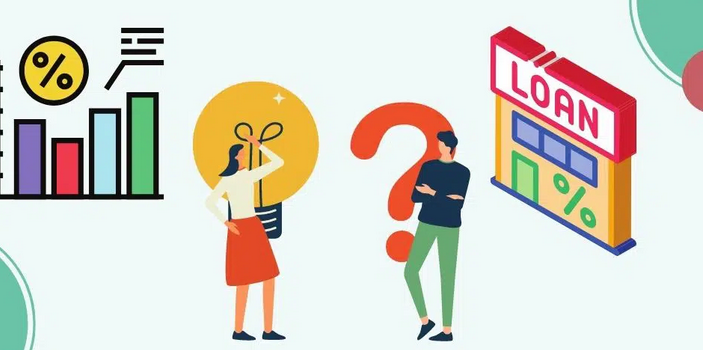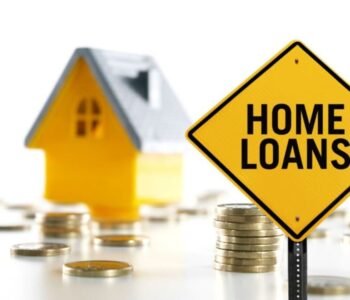 Loans
Loans
Comparing Secured vs. Unsecured Loans
|
Getting your Trinity Audio player ready...
|
When it comes to borrowing money, understanding the fundamental differences between secured and unsecured loans is crucial. These two types of loans can have a significant impact on your financial situation, credit history, and overall borrowing experience. In this comprehensive guide, we will delve into the world of secured and unsecured loans, exploring their characteristics, eligibility criteria, and the considerations you need to keep in mind when deciding which option suits your needs best.

Exploring Secured Loans
Secured loans are backed by collateral, which can be an asset like a home or a vehicle. This collateral acts as security for the lender, reducing the risk associated with the loan. As a result, secured loans often come with lower interest rates and higher borrowing limits. However, failure to repay a secured loan can lead to the lender seizing the collateral.
Understanding Unsecured Loans
Unsecured loans, on the other hand, do not require collateral. These loans are granted based on the borrower’s creditworthiness, income, and financial history. While unsecured loans typically have higher interest rates compared to secured loans, they offer the advantage of not putting your assets at risk. Credit cards, personal loans, and student loans are common examples of unsecured loans.
Eligibility Requirements
Secured loans are generally easier to obtain, as the collateral reduces the lender’s risk. Individuals with lower credit scores or limited credit history might find it easier to qualify for a secured loan. Unsecured loans, however, require a stronger credit profile and financial stability. Lenders assess your credit score, income, employment history, and debt-to-income ratio to determine your eligibility for an unsecured loan.
Interest Rates and Loan Terms
Due to the reduced risk for lenders, secured loans often come with lower interest rates and longer repayment terms. Unsecured loans, given their higher risk nature, tend to have shorter repayment terms and higher interest rates. When comparing loan options, it’s essential to consider the total cost of borrowing, including interest rates and any fees associated with the loan.
Impact on Credit
Both secured and unsecured loans can impact your credit. Timely payments on both types of loans can positively contribute to your credit history. However, failing to make payments on a secured loan can result in the repossession of your collateral, which negatively affects your credit and financial stability. On the other hand, defaulting on an unsecured loan can lead to collections and damage to your credit score.
Considerations for Choosing
When deciding between a secured and an unsecured loan, it’s essential to assess your financial situation, goals, and risk tolerance. If you have valuable assets and are confident in your ability to make payments, a secured loan might offer favorable terms. On the other hand, if you lack collateral or prefer not to risk your assets, an unsecured loan might be a better choice, even if it comes with higher interest rates.
Situations Where Each Loan Works Best
Secured loans are ideal for significant expenses like buying a home or a car, where the collateral can justify the loan amount. Unsecured loans are suitable for smaller, short-term needs like credit card debt consolidation, medical bills, or unexpected expenses. Consider your immediate financial needs and long-term goals when choosing the loan type that aligns with your circumstances.
The Application Process
The application process for both secured and unsecured loans typically involves providing personal and financial information. For secured loans, you’ll need to provide details about the collateral you’re using. Unsecured loan applications focus more on your credit history, income, and ability to repay the loan. Lenders will review your application, conduct credit checks, and make a lending decision based on the provided information.
Making an Informed Decision
Choosing between a secured and an unsecured loan is a significant financial decision that requires careful consideration. Assess your financial situation, future plans, and risk tolerance. If you’re unsure which option is right for you, consider consulting with a financial advisor who can provide personalized guidance based on your unique circumstances.
Conclusion
Understanding the differences between secured and unsecured loans empowers you to make informed decisions that align with your financial goals. Whether you opt for the stability of a secured loan or the flexibility of an unsecured loan, remember that responsible borrowing and timely payments are essential for maintaining a healthy credit profile.






